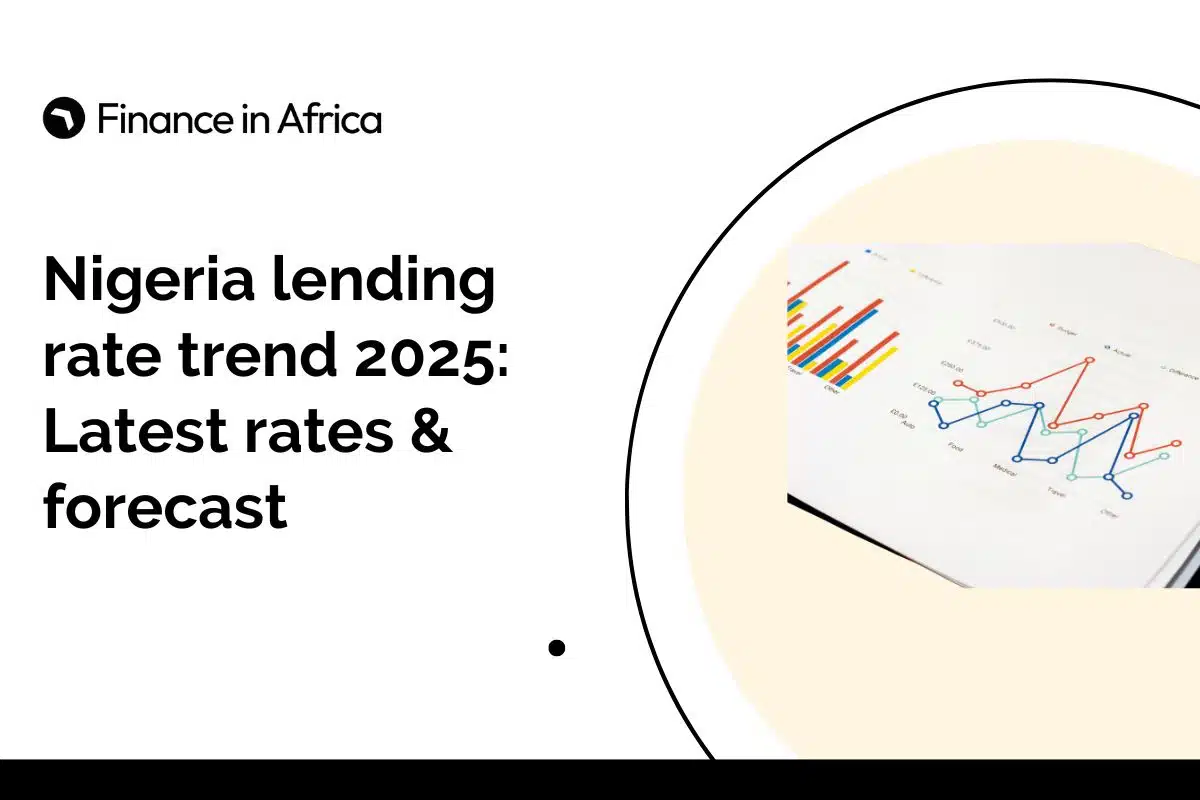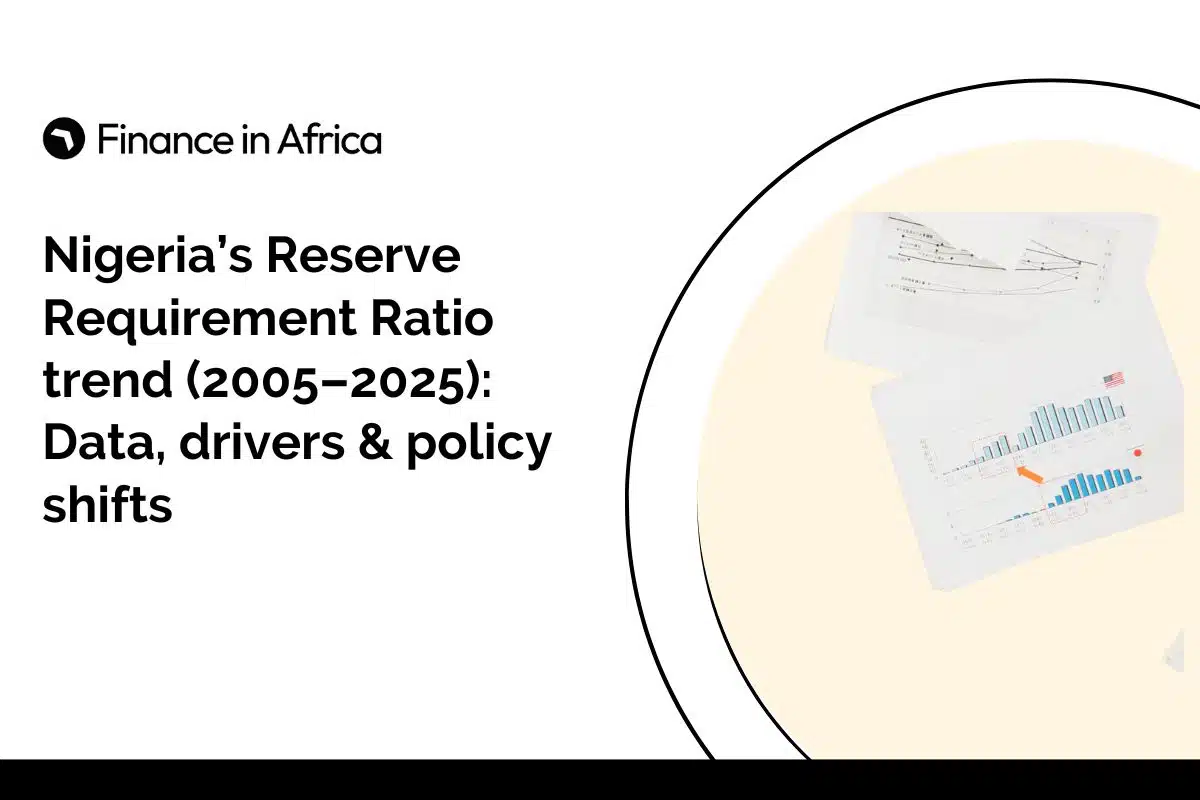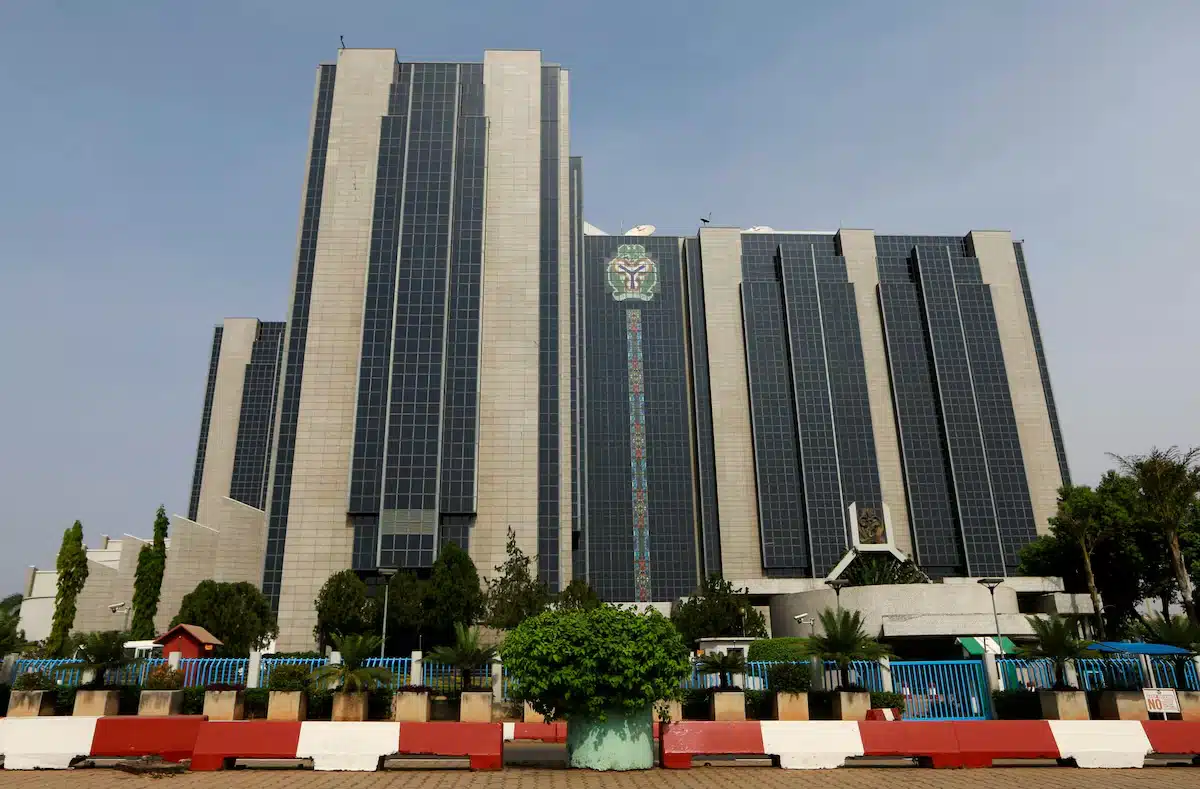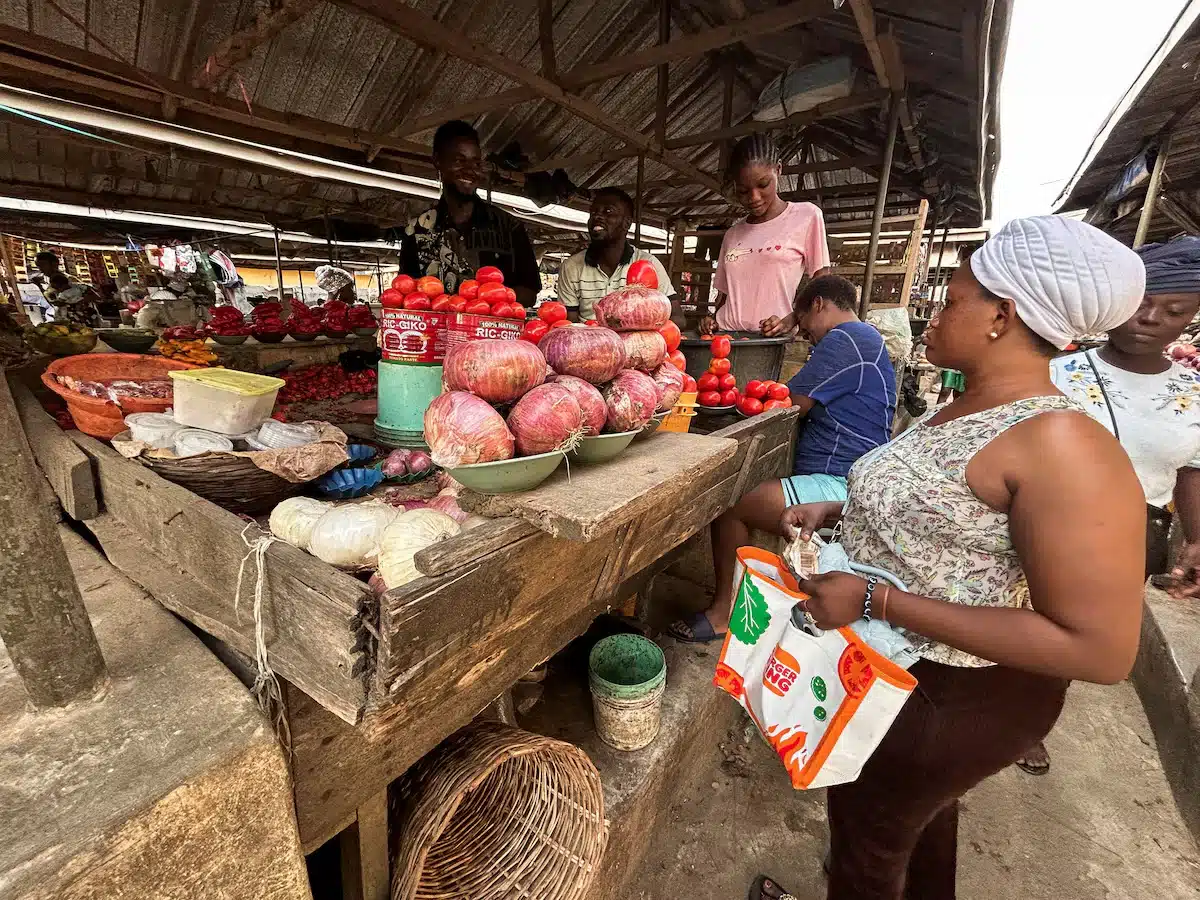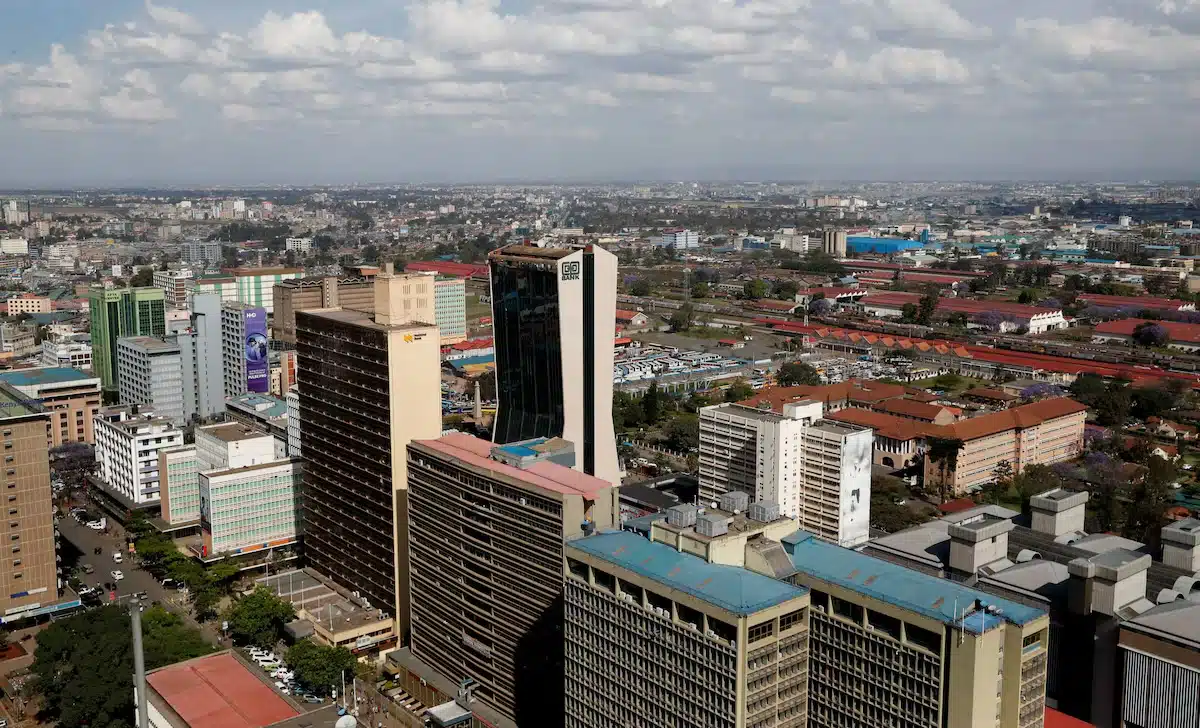Following the Central Bank of Nigeria’s Monetary Policy Committee (MPC) meeting held on July 21, 2025, attention now shifts to how the newly announced interest rate decision will shape lending conditions across the country.
Here is what the MPC committee announced:
| Policy Instrument | Decision |
|---|---|
| Monetary Policy Rate (MPR) | Held at 27.50 % |
| Asymmetric Interest Rate Corridor | Maintained at +500 / –100 bps |
| Cash Reserve Ratio (CRR) | Deposit Banks: 50 %Merchant Banks: 16 % |
| Liquidity Ratio | Maintained at 30 % |
At its July 2025 meeting, the Monetary Policy Committee (MPC) voted unanimously to hold the Monetary Policy Rate at 27.5%, extending its tightening pause for a third consecutive time this year. This decision reinforces the Central Bank’s cautious stance as it continues to battle sticky inflation, despite modest improvements in headline numbers and external sector stability.
With that hold now confirmed, this article reviews how Nigeria’s lending rates have evolved over the past decade, unpacks the forces shaping today’s high-rate environment, and explores what could influence rate direction heading into the final quarter of 2025.
Nigeria lending rate trend: TL;DR
- Nigeria’s lending rate has averaged 17.23% within the last ten years (2015-2025), peaking at 27.5% in 2024.
- Banks adjust lending rates based on the Monetary Policy Rate (MPR) and their internal cost structures, resulting in varied rates across institutions.
- High lending rates strain SMEs, limiting their access to credit and slowing business growth and investment.
- Analysts expect a rate hold in the near term, as inflation eases, allowing the MPC to consolidate gains before any policy shift.
Nigeria’s lending rate refers to the interest rate at which commercial banks lend money to individuals, businesses, and other borrowers. It directly influences the cost of borrowing across the economy, from taking out loans to financing business operations.
Lending rate explained
The CBN regulates lending rates through its MPR, the benchmark interest rate set during its bi-monthly Monetary Policy Committee (MPC) meetings.
When the CBN raises or lowers the MPR, it signals commercial banks to adjust their own lending rates accordingly. However, banks also factor in their operating costs, risk profiles, and market conditions, which is why lending rates can vary from one bank to another.
Lending rates matter to entrepreneurs, small business owners, corporate investors, mortgage seekers, and anyone relying on loans to fund education, health, housing, or growth.
High rates make borrowing expensive, limiting access to credit and slowing economic activity, while lower rates make funds more affordable. However, rates can be increased for inflation stabilization purposes, a trend we’re seeing across finance in Africa as central banks combat persistent inflation. According to the World Bank’s latest economic outlook for Nigeria, monetary policy remains crucial for achieving price stability in emerging economies.
Nigeria lending rate trend in the last 10 years (2015-2025)
Note that these rates reflect the official lending (prime) rate at the close of each calendar year, up to July 2025.
We also highlight the major economic or policy factors that were in play during each financial period.
| Year | Lending Rate | Key economic events |
| 2015 | 11% | Slower GDP growth, currency devaluation, and increased inflationary pressures. |
| 2016 | 14% | Rate hikes to counter devaluation inflation after the naira floated. |
| 2017 | 14% | Nigeria’s economy officially moved out of recession in the second quarter of 2017, marking a significant turning point. |
| 2018 | 14% | The CBN maintained a relatively tight monetary policy to curb inflation |
| 2019 | 13.5% | Value Added Tax (VAT) was increased by 50% |
| 2020 | 11.5% | Maintained early in COVID‑19; modest tightening due to inflation pressure |
| 2021 | 11.5% | Nigeria experienced high inflation rates, with March 2021 seeing a peak of 18.17% |
| 2022 | 16.5% | Nigeria experienced a decline in real GDP growth to 3.3%, primarily due to a drop in oil production, which negatively impacted the industrial sector |
| 2023 | 18.75% | The CBN raised the benchmark rate in March to control inflation following the removal of subsidies. |
| 2024 | 27.5% | Multiple hikes (in February, March, May, July, and September) culminate in a 50-basis-point increase to 27.25% in September. |
| 2025 | 27.5% (July, 2025) | Unchanged through May and July; held to support FX and ease inflation pressures |
Source: Trading Economics, CBN Website
We now await the conclusion of the CBN’s Monetary Policy Committee meeting in July, which will determine whether the rate will be maintained at 27.50%, increased, or reduced in response to evolving inflation, FX stability, and growth considerations.
Meanwhile, Nigeria’s headline inflation rate eased to 22.22% in June 2025, down from 22.97% recorded in May 2025. This is according to data released by the National Bureau of Statistics (NBS) on Wednesday, July 16.
The latest figure represents a 0.75 percentage point decrease, indicating a modest slowdown in the pace of rising consumer prices nationwide.
Additionally, our market check on the same day revealed that the Naira has continued its downward trend this week and currently trades at N1,555 to $1 on the parallel market.
What does this trend mean for businesses in Nigeria?
One thing that has been consistently observed across all periods is that following the CBN’s Monetary Policy Rate hike, Nigerian banks respond by adjusting their lending rates, thereby increasing the cost of borrowing for businesses and individuals.
The MPR hike, intended to curb inflation, would now indirectly translate to higher interest rates on loans across various sectors.
For example, in May 2024, when the apex bank raised the lending rate to 26.25 percent, banks like Access Bank offered a maximum lending rate of 28.50 percent for customers in agriculture, forestry, and manufacturing.
Within that period, Ecobank set its maximum lending rate at 30 percent, while FCMB priced its loans at a maximum of 40 percent and a prime lending rate of 22.50 percent.
With the Monetary Policy Rate (MPR) currently at 27.5%, commercial banks peg their lending rates even higher, often surpassing 30% for non-prime borrowers.
Meanwhile, the CBN Governor, Olayemi Cardoso, had explained in the last meeting the reason for sustaining the current lending rate. He said, “The MPC noted new policies introduced by the federal government to boost local production, reduce foreign currency demand pressures, and thus lessen the pass-through to domestic crisis.
“Given the relative stability observed in the foreign exchange market, members urged the bank to sustain the implementation of the ongoing reforms to further boost market confidence.”
What This Means:
- Cost of Credit Has Skyrocketed: Businesses must now reconsider loan-based growth strategies as interest payments erode margins.
- Cash Flow Strain for SMEs: Access to working capital is limited, and startups or informal businesses may be priced out entirely.
- Investment Delays: Manufacturers and agribusinesses reliant on capital projects are stalling expansion due to high financing costs.
- Shift to Alternative Financing: More businesses are turning to cooperatives, crowdfunding, and venture capital to bypass traditional bank lending.
The 301st MPC meeting, scheduled to take place at the end of this month, is expected to be pivotal. A decision to hold the rate steady will preserve the status quo.
Still, any cuts could offer much-needed breathing room for business owners navigating thin margins and high operating costs.

